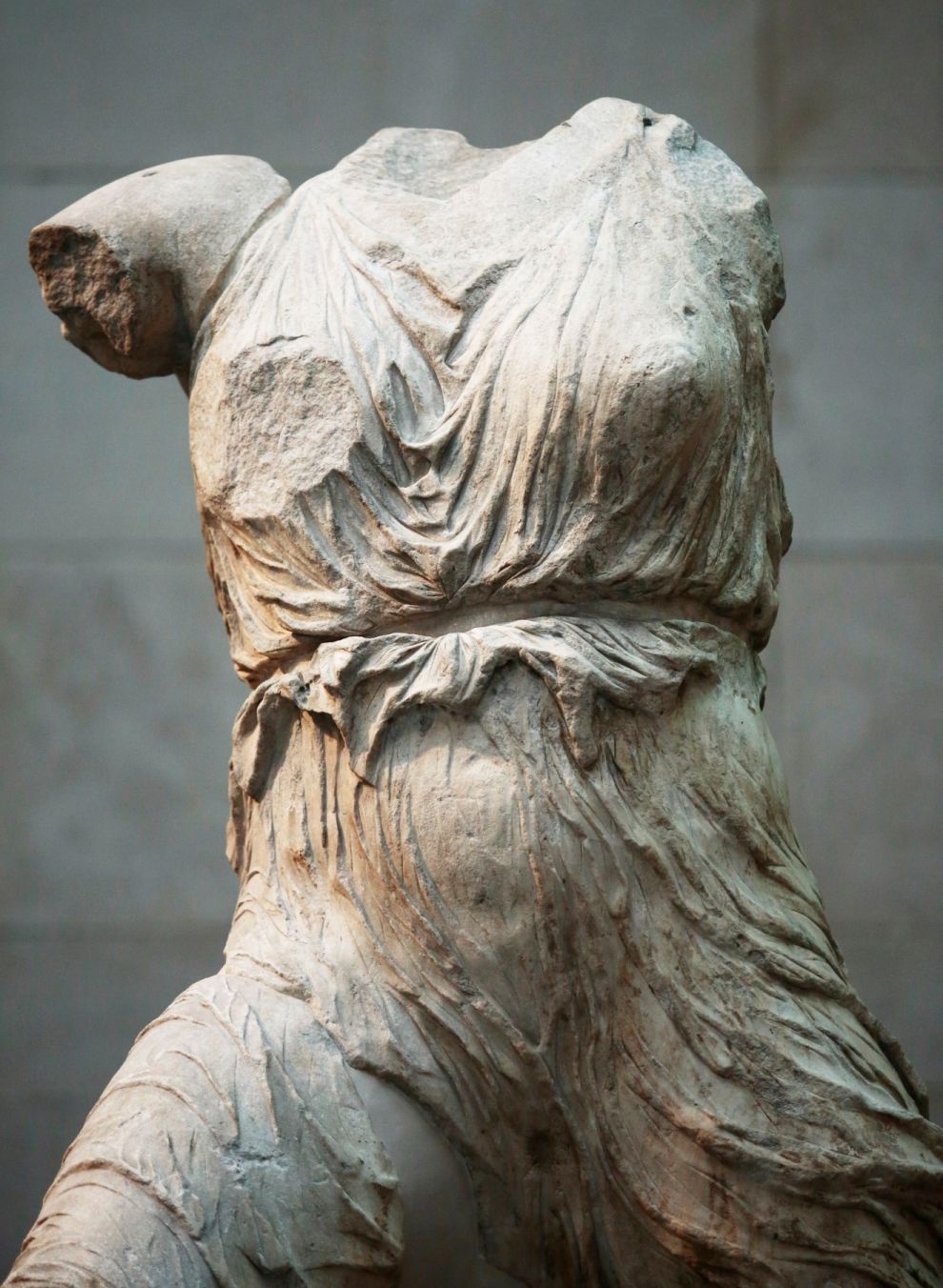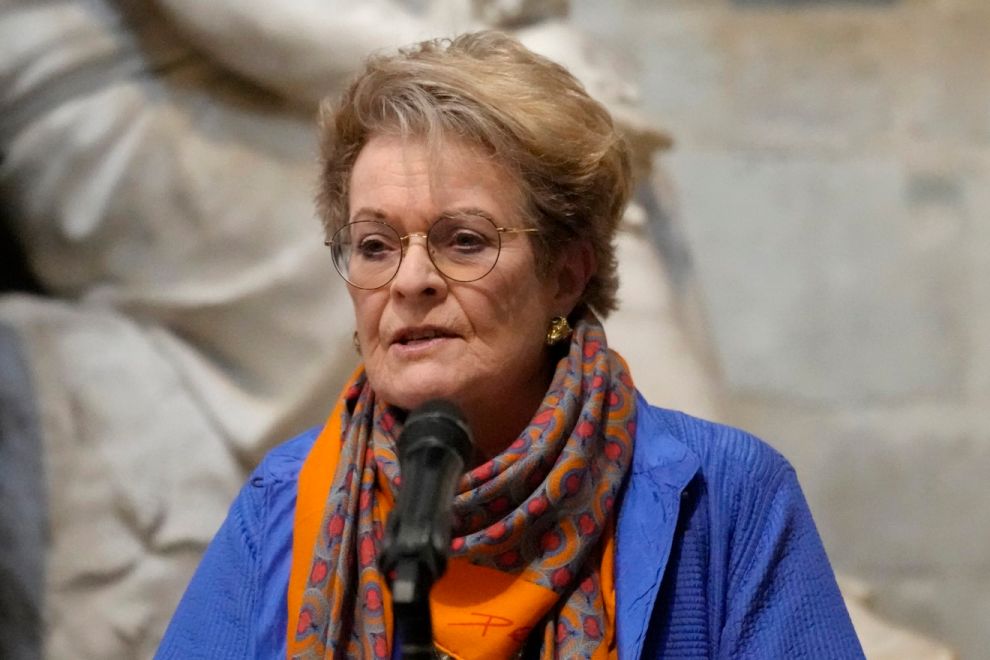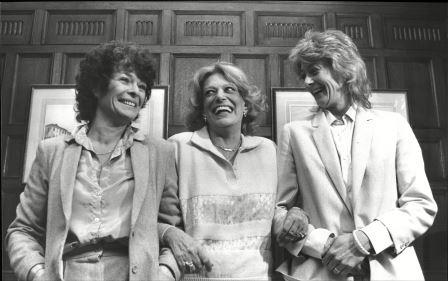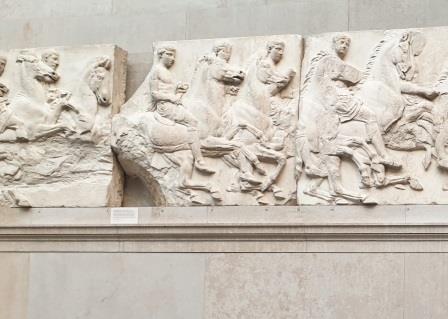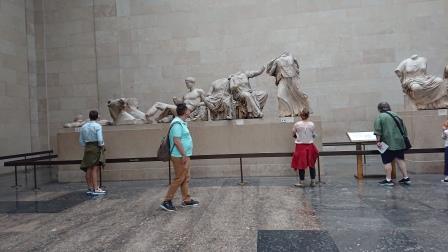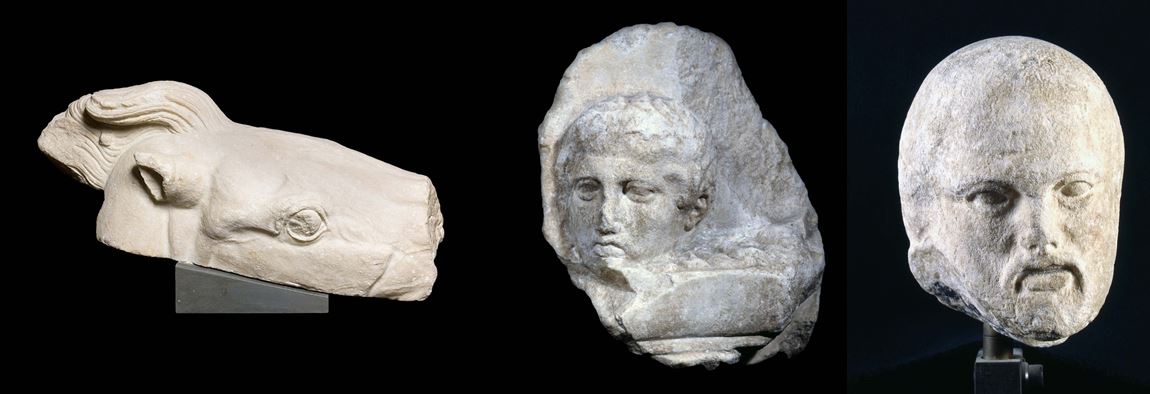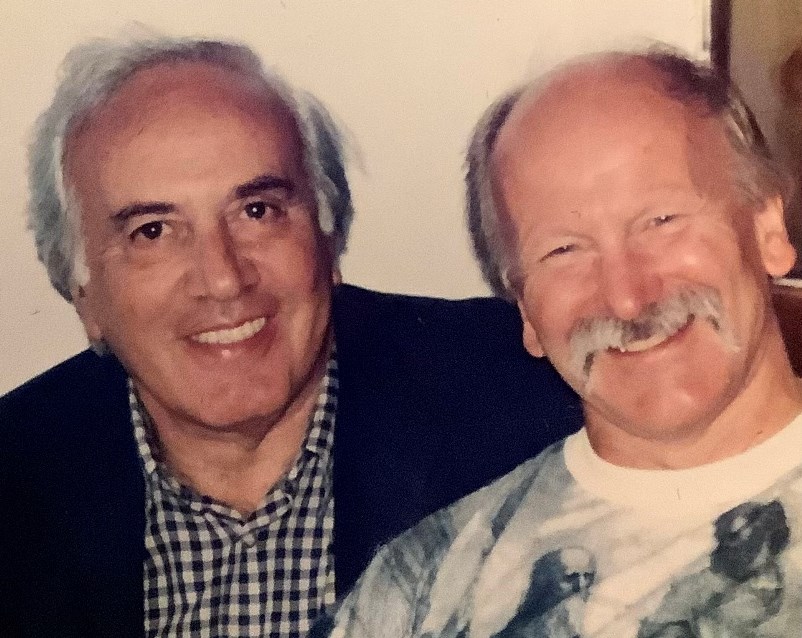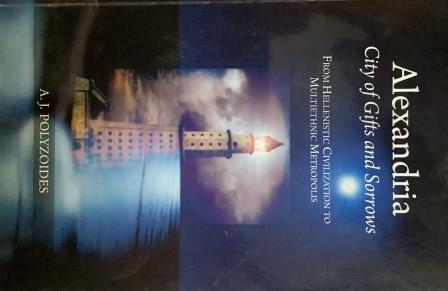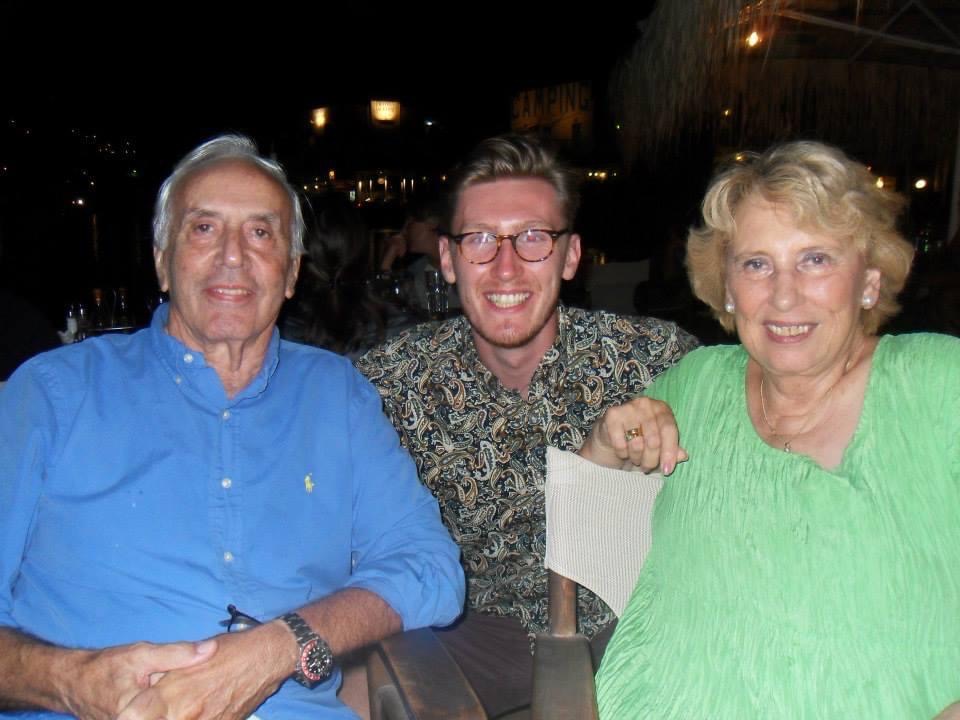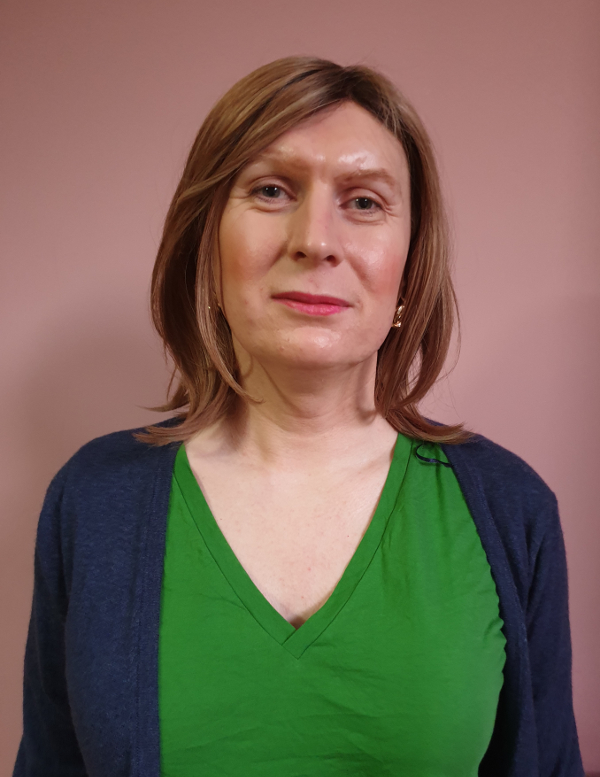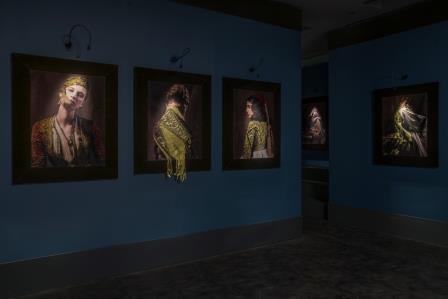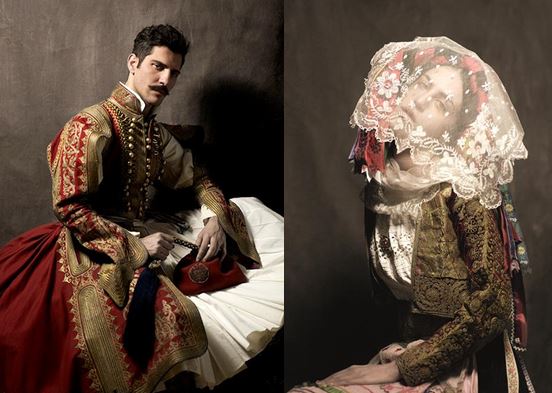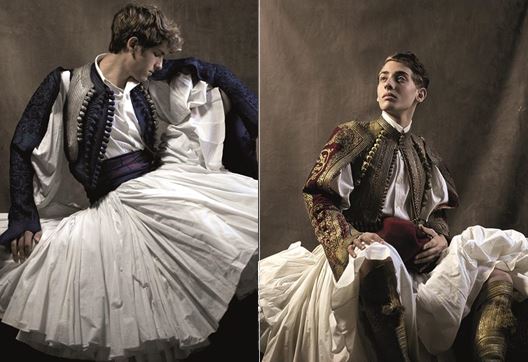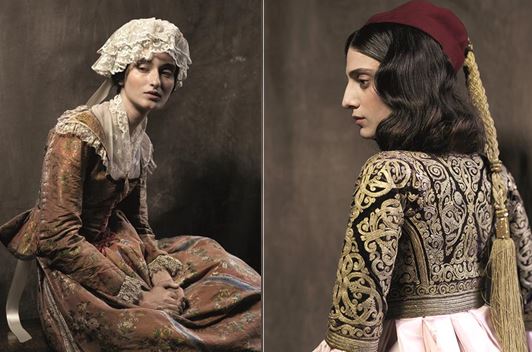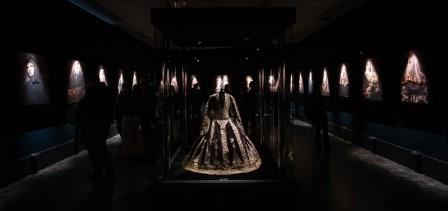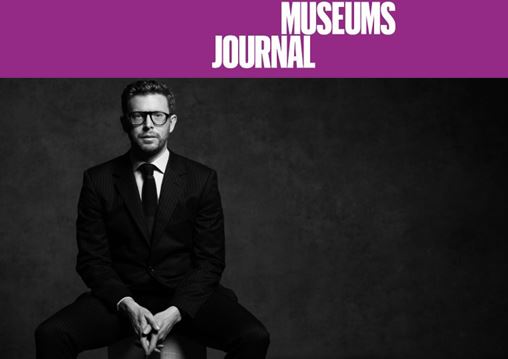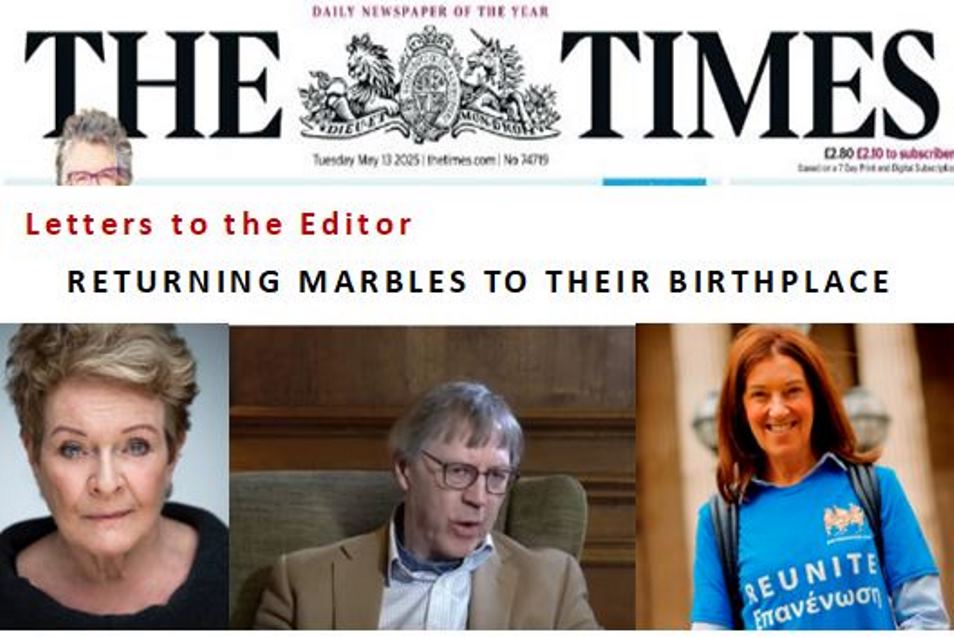BEST WISHES FOR 2023
The Acropolis Museum’s lucky charm for 2023 is inspired by the helix which forms at the peak of the sima (roof gutter) of the Hekatompedon, the great temple built around 570 BC, about 120 years prior to the construction of the Parthenon.
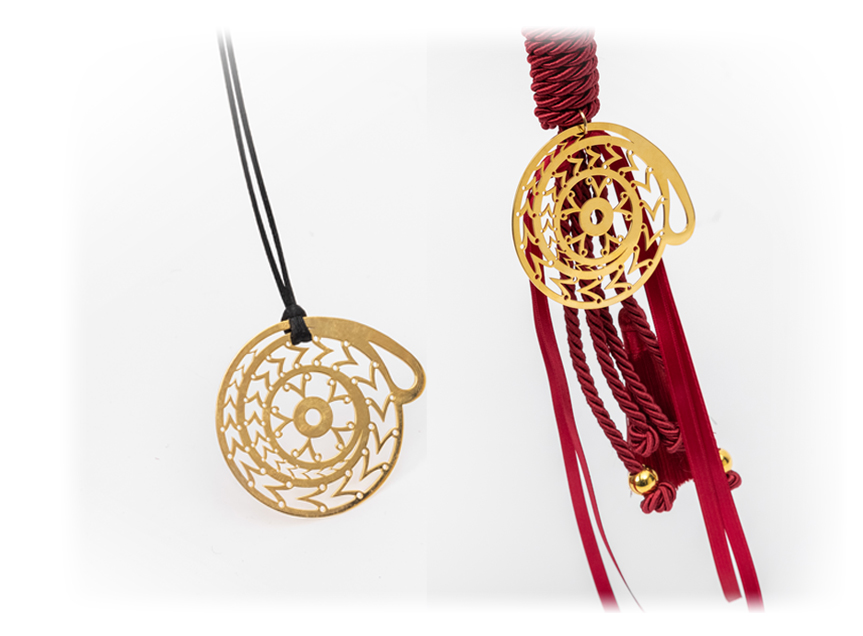
2022, a year like no other for the campaign for the reunification of the Parthenon Marbles:
On 05 January 2022, Chair of BCRPM, Janet Suzman praised Sicily for the return of the Fagan fragment in the Telegraph: “Good for Sicily,” said Janet Suzman, Chair of the British Committee for the Reunification of the Parthenon Marbles. “We expect the British Museum to make a more magnanimous gesture.”( And then to everyone's surprise, 12 months later, the Pope suddenly made his own magnanimous gesture by returning some Parthenon fragments to Greece that were held in the Vatican Museum). Also on 05 January, Professor Paul Cartledge was interviewed on Global Europe. On 07 January historian, broadcaster and public history professor at the University of Manchester, Michael Wood joined BCRPM: “Though I had never been happy about them being in London, it was a visceral shock to see them through Greek eyes. The Parthenon Sculptures (let’s call them as they should be named) seemed diminished in the austere Duveen Gallery on a cold Bloomsbury afternoon, rather than in the light of Attica. The feeling was inescapable. They are in the wrong place.” On 11 January The Times Leading Articles included ’Uniting Greece’s Heritage, The Case for returning the Elgin Marbles to Greece is compelling’. At the same time Richard Morrison, the Culture Editor of the Times posted his comment and letter by Janet and Paul was also published. Two days later Michael Wood’s letter was also published. On 18 January an exhibition on Melina Mercouri opened in Athens. On 05 February, Charlotte Higgins wrote in the Guardian 'repatriation is today’s question, and almost certainly tomorrow’s too'. Lord Alf Dubs makes his plea to the House of Lords. His letter is also published in the Guardian on 27 February. On 28 February the Acropolis Museum presents a modern way of viewing the reunified sculptures from the Parthenon. International Women's Day was celebrated at the Acropolis Museum with a special event entitled 'The Expatriate Goddesses of the Parthenon' and attended by H.E the President of the Hellenic Republic, Ms Katerina Sakellaropoulou, Tom Flynn gave a keynote speech. In May at the UNESCO ICPRCP meeting in Paris, Greece's makes an excellent presentation with Professor Stampolidis and Artemis Papathassiou, whilst the UK present their case too. Statements made by Jonathan Williams, Deputy Director of the British Museum are refuted by Professor Anthony Snodgrass, Hon President of BCRPM. On 23 May Michael Wood is on Skai TV with Thanasis Gavos on the same topic of the removal of the sculptures in the 19th century. On 18 June the protest by BCRPM and Greeks in UK at the British Museum to celebrate the 13th birthday of the Acropolis Museum with cake held by Victoria Hislop, and requests for the BM to 'come clean' and for the reunification of the Parthenon Marbles. On 30 June William St Clair sadly passed away. In July Michael Wood drafts a letter which BCRPM sends to the BM and its Trustees. At the July Art for Tomorrow conference in Athens, Tristram Hunt, Director of V & A urges reform for review of UK museums deaccession act. Yiannis Andritsopoulos for Ta Nea exposes letters written by Boris Johnson in the 80’s denouncing UK government for not returning the Parthenon Marbles. On 05 August ACE issues best practice for UK museums responding to restitution and repatriation requests. The British Museum’s Chair George Osborne on a radio show with Andrew Marr talks about a possible ‘deal’ with regards to the Parthenon Marbles. 'Marbles timeshare' not a noble story, BCRPM member, Andrew Wallace-Hadrill's letter is published in The Times. This follows Jonathan Williams, Deputy Director of the British Museum suggesting a ‘Parthenon Partnership’ in the Sunday Times. On 07 August Janet and Paul send another letter to the Sunday Times. Tomas Watson’s exhibition opens in Lesvos, BCRPM’s Christina Borg writes the post for this excellent exhibition published on BCRPM’s website. On 15 August five cyclists from Greece begin a 2 week journey from the British Museum to the Acropolis Museum supporting the reunification of the Parthenon Marbles. William St Clair’s ‘Classical Parthenon, Recovering the Strangeness of the Ancient World’ is published with a preface by Professor Paul Cartledge. September sees condolences for the Queen in the UK followed by condolences for Professor Pandermalis in Greece. The IARPS conference in Athens is held and Professor Paul Cartledge attends representing BCRPM and gives a talk on democracy and the Parthenon. On 23 September PM Mitsotakis addresses the 77th session of the General Assembly of the United Nations and mentions the Parthenon Marbles too. BCRPM member Dr Christa Roodt's post on the Charities Act 2022 providing a legal framework for restitution is added to BCRPM's website. Josh Murfitt's photomontage, a creative act that considers the removal of the Parthenon Marbles and their current setting in the British Museum is also added to the website. The National Heritage Act of 1983 is debated in the House of Lords on 13 October, speatheaded by Lord Vaizey and a new campaign the Parthenon Project financed by John Lefas. Bruce Clarke and Dr Rebecca Lowe join BCRPM. Professor Paul Cartledge joins an LSE debate chaired by Professor Kevin Featherstone on the Parthenon Marbles with Lord Vaizey and Dr Tatiana Flessa. On 02 November, Janet Suzman visits the Freud Museum to see the IDA’s replica of the chariot horse of the goddess Selene and is interviewed by Evdoxia Lymperi of ERT. On 11 November Professor Armand D’Angour joins BCRPM. The following week, BCRPM re-issues its letter to George Osborne and the Trustees. On 19 November Delphi hosts UNESCO’s World Heritage Conference. On 29 November PM Mitsotakis is back in London to visit King Charles III and speak at the LSE where he announces that talks for the Parthenon Marbles have been progressing for 13 months. BCRPM’s letter to the BM and its Trustees is also given to him. Janet writes to the Horniman Museum to congratulate them on their returns of Benin Bronzes. In December Mary Beard writes in The Times on the questions beings asked in a global museum. George Osborne replies to BCRPM’s letter. Response by BCRPM’s Andrew Wallace-Hadrill is published in The Times. Professor Isabel Ruffell joins BCRPM. Pope Francis makes a magnanimous gesture and donates three fragments from the Vatican Museum to His Beatitude Ieronymos II, the Orthodox Christian archbishop of Athens and all Greece, “as a concrete sign of his sincere desire to follow in the ecumenical path of truth.” On 23 December, Christopher Stockdale advises BCRPM that John Polyzoides, long time supporter had sadly passed away. Yannis Andritsopoulos, UK Correspondent for Ta Nea completes the year with an article aptly entitled:'Twelve British philhellenes share their thoughts about Greece ahead of 2023'.
THE CHAIR & MEMBERS OF THE BRITISH COMMITTEE FOR THE REUNIFICATION OF THE PARTHENON MARBLES
Dame Janet Suzman, Chair; Professor Paul Cartledge, Vice-Chair ; Professor Anthony Snodgrass, Hon President
& Members: Professor Oliver Taplin, Professor Judith Herrin, Dr Peter Thonemann, Professor Edith Hall, Professor John Tasioulas, Professor Andrew Wallace-Hadrill, Alexi Kaye Campbell, Dr Christa Roodt, Victoria Hislop, Peter Aspden, Michael Wood, Baroness Shami Chakrabarti, Bruce Clark, Dr Rebecca Lowe, Professor Armand D’Angour, Professor Isabel Ruffell, Keith Hunter, Dr Christopher Stockdale, Benjamin Ramm, Christina Borg, Stuart O’Hara, Alexander Benakis and Marlen Taffarello-Godwin


